Home>Garden Essentials>How Do You Create A Dry Sandy Soil Mix
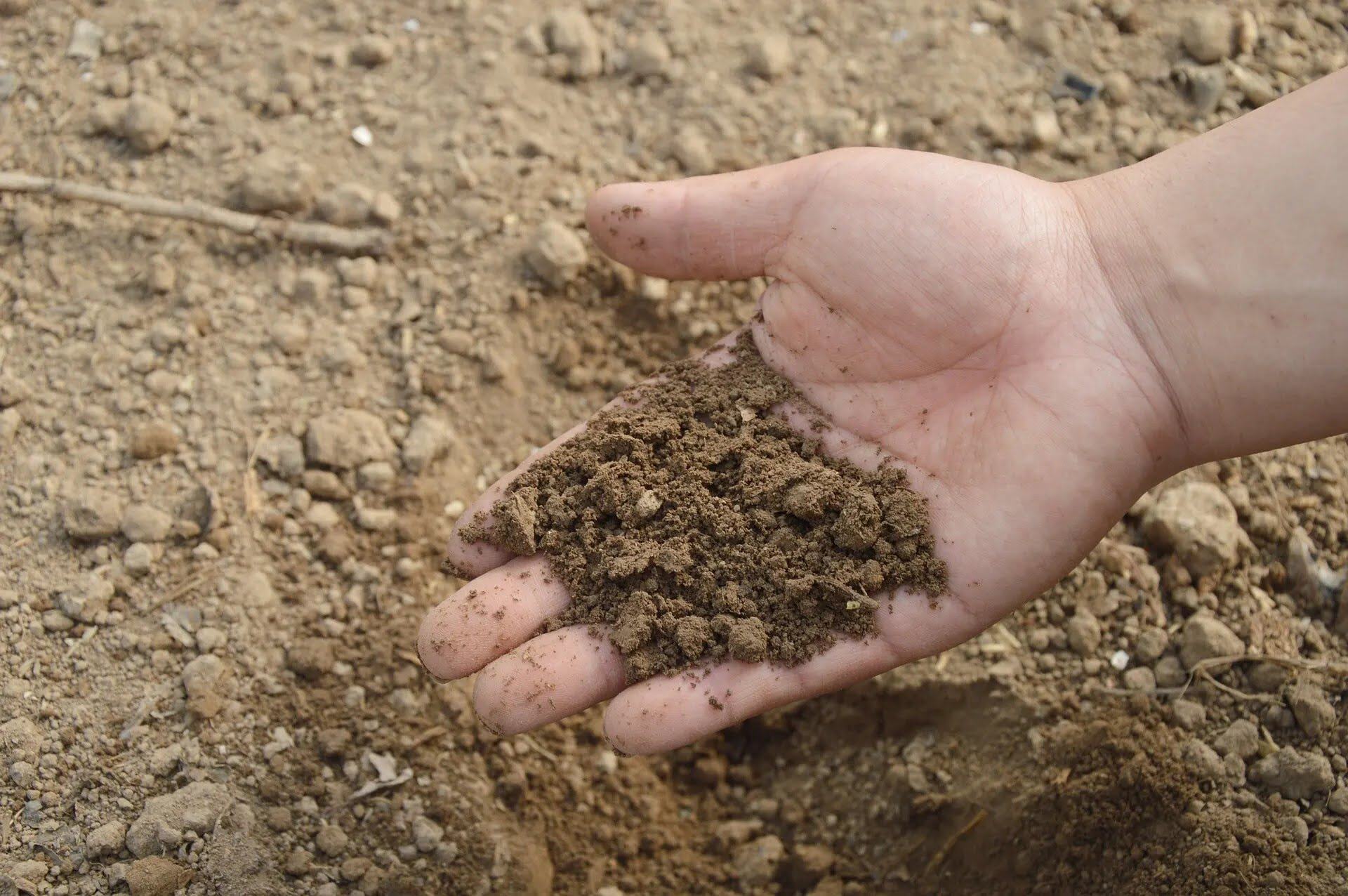

Garden Essentials
How Do You Create A Dry Sandy Soil Mix
Modified: March 16, 2024
Learn how to create a dry sandy soil mix for your garden. Improve drainage and provide a suitable environment for your plants.
(Many of the links in this article redirect to a specific reviewed product. Your purchase of these products through affiliate links helps to generate commission for Storables.com, at no extra cost. Learn more)
Introduction
Welcome to the world of gardening! If you’re new to gardening or looking to expand your knowledge, you’ve come to the right place. In this article, we will dive into the fascinating world of dry sandy soil and how to create the perfect soil mix for your garden.
Understanding the characteristics of different types of soil is essential for successful gardening. Dry sandy soil is known for its loose, gritty texture and minimal water-holding capacity. It drains quickly, which can pose challenges to plants that require consistent moisture. However, with the right soil mix, you can overcome these challenges and grow beautiful and healthy plants in your garden.
Creating the ideal soil mix for dry sandy soil involves understanding the properties of the soil and taking into account the specific needs of the plants you want to grow. By incorporating the right components and following the correct techniques, you can improve the water retention, nutrient availability, and overall fertility of your soil.
Before we dive into the details of creating a dry sandy soil mix, let’s take a moment to understand why soil mix is so crucial in gardening. The soil is the foundation of your garden, providing essential nutrients and anchoring the roots of your plants. A well-balanced soil mix ensures that your plants have the necessary nutrients, proper drainage, and adequate moisture retention to thrive.
Key Takeaways:
- Creating a soil mix for dry sandy soil involves adding organic matter, coarse sand, and perlite to improve water retention and nutrient availability. Choose drought-tolerant plants and practice efficient watering techniques for a thriving garden.
- Testing and adjusting the pH of the soil mix is crucial for optimal plant growth. Implement water-saving techniques, apply organic fertilizers, and regularly monitor soil moisture to overcome the challenges of gardening in dry sandy soil.
Understanding Dry Sandy Soil
Dry sandy soil is characterized by its loose, coarse texture and low water-holding capacity. It is composed of large particles that do not pack tightly, creating a well-draining soil structure. Sandy soil is often found in regions with a dry or arid climate, such as deserts or coastal areas.
One of the main challenges of gardening in dry sandy soil is its rapid drainage. Water easily percolates through the soil, often leaving the plants thirsty and prone to drought stress. Additionally, sandy soil tends to have low nutrient retention, as nutrients can leach out quickly with excessive watering or heavy rainfall.
Despite these challenges, dry sandy soil also has its advantages. It warms up quickly in the spring, allowing for earlier planting and longer growing seasons. The loose texture allows for good root penetration and aeration, promoting healthy root development. Moreover, sandy soil tends to be weed-free and easy to work with.
To successfully garden in dry sandy soil, it is essential to understand its characteristics and how it affects plant growth. Plants grown in sandy soil often require more frequent watering and additional nutrients to compensate for the rapid drainage and low nutrient retention. It is also important to choose plant varieties that are well-suited to dry conditions and can tolerate the inherent challenges of sandy soil.
Now that we have a good understanding of dry sandy soil, let’s explore how to create a soil mix that addresses the specific needs of this soil type.
Importance of Soil Mix in Gardening
The soil mix you use in your garden plays a crucial role in the success of your plants. It serves as the foundation, providing an optimal environment for root development, nutrient absorption, and moisture retention. A well-balanced soil mix ensures that your plants have access to the essential elements they need to thrive.
Here are some key reasons why the soil mix is important in gardening:
1. Nutrient Availability:
The soil mix acts as a reservoir of nutrients that plants need for healthy growth. It is responsible for holding and releasing essential minerals such as nitrogen, phosphorus, and potassium. By incorporating organic matter and nutrient-rich additives into your soil mix, you can enhance the nutrient availability for your plants.
2. Water Retention:
A well-structured soil mix helps retain moisture effectively, preventing water runoff and excessive drying. Depending on the needs of your plants, the soil mix can be adjusted to improve water-holding capacity in sandy soil or enhance drainage in clay soil. This allows your plants to access a consistent water supply, reducing the risk of drought stress.
Read more: What Grass Grows In Sandy Soil
3. Drainage:
Proper drainage is crucial to prevent waterlogging, which can lead to root rot and other plant diseases. The soil mix should allow excess water to drain freely, preventing water from pooling around the roots. By adjusting the composition and structure of the soil mix, you can ensure efficient drainage while still retaining enough moisture for healthy plant growth.
4. pH Balance:
The acidity or alkalinity of the soil, known as pH, can significantly impact plant health. Different plants thrive in different pH levels, so it’s important to have a soil mix that matches the specific needs of your plants. By testing and adjusting the pH of your soil mix, you can create an optimal environment for successful gardening.
5. Root Development:
A well-aerated soil mix allows for proper root penetration and growth. The structure of the soil mix should provide enough space for the roots to expand, absorbing nutrients and anchoring the plant securely. With a healthy and well-developed root system, your plants will be better equipped to withstand environmental stress and promote overall plant growth.
In summary, choosing and creating the right soil mix is essential for successful gardening. By understanding the specific needs of your plants and the characteristics of your soil, you can tailor the soil mix to provide optimum conditions for healthy plant growth, including nutrient availability, water retention, drainage, pH balance, and root development.
Factors to Consider when Creating a Dry Sandy Soil Mix
Creating a suitable soil mix for dry sandy soil requires careful consideration of various factors. By taking these factors into account, you can address the challenges of this soil type and provide an optimal growing environment for your plants. Here are some key factors to consider:
1. Water Retention:
One of the main challenges of sandy soil is its low water-holding capacity. When creating a soil mix for dry sandy soil, it is essential to incorporate additives that improve water retention. Organic matter, such as compost or well-rotted manure, can help retain moisture in the soil. Additionally, adding water-absorbing polymers or using moisture-retaining products can enhance water retention capabilities.
2. Drainage:
While sandy soil is known for its excellent drainage, it is important to strike a balance to prevent excessive water runoff. Adding materials like perlite, vermiculite, or coarse sand to the soil mix can improve the drainage capacity. These additions help create a well-draining soil structure while still retaining enough moisture for plant growth.
3. Nutrient Availability:
Sandy soil tends to have low nutrient retention, as nutrients can leach out quickly with water movement. Incorporating organic matter, such as compost or well-rotted manure, into the soil mix can increase nutrient availability. Additionally, adding slow-release fertilizers or organic fertilizers can provide a steady supply of nutrients over time.
4. pH Balance:
The pH level of the soil plays a crucial role in nutrient availability for plants. Sandy soil tends to be more acidic, so it is important to test the pH and adjust it if necessary. Adding lime or other soil amendments can help raise the pH and create a more balanced growing environment for your plants.
Read more: How To Plant Grass In Sandy Soil
5. Soil Structure:
Aim for a soil mix with a well-balanced structure that allows for good root penetration and aeration. Incorporating organic matter, such as compost, can help improve the soil structure and provide a beneficial environment for root growth. Additionally, adding materials like perlite or vermiculite can help create air pockets in the soil, promoting oxygen flow to the roots.
6. Plant Selection:
When creating a soil mix for dry sandy soil, it is important to choose plant varieties that are well-suited to this soil type. Look for plants that are drought-tolerant and can thrive in sandy soil conditions. Native plants and succulents are often excellent choices for gardening in sandy soil as they have adapted to these conditions over time.
By considering these factors when creating a soil mix for dry sandy soil, you can ensure that your plants have the necessary conditions for healthy growth. Experimenting with different proportions and amendments can help you find the ideal soil mix that suits your specific garden and plant requirements.
Essential Components for a Dry Sandy Soil Mix
Creating a successful soil mix for dry sandy soil involves incorporating the right components to improve water retention, nutrient availability, and overall soil fertility. By carefully selecting the essential components, you can enhance the growing environment for your plants. Here are some key components to include in your dry sandy soil mix:
1. Organic Matter:
Adding organic matter is crucial for improving water-holding capacity and nutrient retention in sandy soil. Compost, well-rotted manure, or leaf mold are excellent organic amendments to incorporate into your soil mix. They enhance the soil structure, increase moisture retention, and provide essential nutrients for plant growth.
2. Coarse Sand:
While sandy soil naturally contains sand, adding coarse sand to the soil mix helps improve drainage and prevent compacting. Look for coarse sand with larger particles to enhance the soil’s ability to drain excess water and allow air circulation around the roots.
3. Perlite or Vermiculite:
Perlite and vermiculite are lightweight materials that help improve water retention and aeration in sandy soil. These additives create air pockets in the soil, allowing for adequate oxygen flow to the roots and reducing water runoff. They also assist in holding onto moisture, which is essential for plant growth in sandy soil.
4. Organic Fertilizers:
Since sandy soil tends to be low in nutrients, incorporating organic fertilizers can provide a steady supply of essential nutrients over time. Look for slow-release organic fertilizers or natural amendments such as bone meal, blood meal, or fish emulsion. These will provide a balanced nutrient profile and help replenish the nutrients that can be quickly leached from sandy soil.
5. pH Adjusters:
Consider using pH adjusters such as lime to balance the acidity of sandy soil. Depending on your plants’ preferences, they may require a specific pH level for optimal growth. Carefully follow the instructions on the packaging and perform a soil test to determine the appropriate amount of pH adjuster needed for your soil mix.
6. Mulch:
Applying a layer of organic mulch on top of your soil mix can help conserve moisture and regulate soil temperature. Mulch acts as a protective barrier, preventing rapid water evaporation and reducing weed growth. Materials such as wood chips, straw, or dried leaves make excellent mulch options for dry sandy soil.
By incorporating these essential components into your dry sandy soil mix, you can enhance its water-holding capacity, nutrient availability, and overall soil fertility. Adjusting the proportions of these components based on your specific plant requirements and soil conditions will help create the optimal growing environment for your plants.
Mixing and Preparation Techniques
Proper mixing and preparation of your soil mix for dry sandy soil are essential to ensure its effectiveness and provide optimal conditions for plant growth. Here are some techniques to help you achieve the best results:
1. Clear the Area:
Before starting, clear the area where you will be preparing your soil mix. Remove any weeds, rocks, or debris that could interfere with the mixing process.
2. Calculate the Volume:
Determine the volume of soil mix you need based on the size of your garden beds or containers. This will help you calculate the quantities of each component required.
Read more: What Is The Best Grass Seed For Sandy Soil
3. Gather the Components:
Collect all the necessary components for your soil mix, including organic matter, sand, perlite/vermiculite, organic fertilizers, pH adjusters, and mulch. Make sure they are of good quality and suitable for your specific gardening needs.
4. Mixing the Components:
In a large container or wheelbarrow, mix the components of your soil mix thoroughly. Start with the organic matter, adding it gradually while breaking up any clumps. Then add the sand, perlite/vermiculite, and other additives, ensuring an even distribution throughout the mix.
5. Adjusting pH:
If needed, test the pH of your soil mix using a soil testing kit. Based on the test results, adjust the pH by adding the appropriate amount of pH adjuster, whether it be lime to raise the pH or sulfur to lower it. Mix well after making any adjustments.
6. Moistening the Mix:
Depending on the moisture level of your sandy soil, you may need to moisten the soil mix slightly. Add water gradually while mixing, aiming for a moderately damp consistency. Be careful not to make the mix too wet, as it may hinder proper drainage and ventilation.
Read more: What Grass To Plant In Sandy Soil
7. Allowing for Settling Time:
After mixing the components, allow the soil mix to settle for a few days before using it in your garden. This allows the components to integrate and any excess moisture to evaporate, ensuring a consistent texture throughout.
8. Applying Mulch:
Once you have prepared the soil mix and settled it in your garden beds or containers, apply a layer of organic mulch on the surface. This helps conserve moisture, prevent weed growth, and regulate soil temperature.
By following these mixing and preparation techniques, you can ensure a well-blended and properly prepared soil mix for your dry sandy soil. Remember to adjust the proportions of the components based on your specific plant requirements and soil conditions. With a well-prepared soil mix, you are on your way to creating an ideal growing environment for your plants.
pH Testing and Adjustments
pH is a crucial factor to consider when creating a soil mix for dry sandy soil. The pH level of the soil affects the availability of nutrients to plants, as well as the overall health and growth of your garden. Here’s a guide on how to test the pH of your soil mix and make necessary adjustments:
1. Testing the pH:
Start by obtaining a soil testing kit from a gardening store or using a pH meter. Follow the instructions provided with the kit to collect soil samples from different areas of your garden. Take samples from varying depths to obtain a comprehensive pH profile.
Read more: How To Make Potting Soil Mix
2. Interpreting the Results:
The pH scale ranges from 0 to 14, with 7 being neutral. Values below 7 indicate acidic soil, while values above 7 indicate alkaline soil. Most plants prefer a slightly acidic to neutral pH range between 6 and 7, but specific plant species may have different requirements.
3. Adjusting Acidic Soil:
If your soil mix tests below the desired pH range, indicating acidity, you can raise the pH by adding lime. Lime is a common amendment used to raise soil pH. Follow the recommended application rates on the lime packaging based on your soil test results. Mix the lime thoroughly into the soil mix, ensuring even distribution.
4. Adjusting Alkaline Soil:
If your soil mix tests above the desired pH range, indicating alkalinity, you can lower the pH using sulfur or other acidifying agents. Sulfur helps to acidify the soil by converting to sulfuric acid through microbial activity. Follow the recommended application rates on the sulfur packaging based on your soil test results. Mix the sulfur thoroughly into the soil mix, ensuring even distribution.
5. Retesting and Monitoring pH:
After making pH adjustments, it is essential to retest the soil mix periodically to monitor the pH level. Depending on the severity of the initial pH imbalance, it may take some time for the adjustments to take effect. Regularly monitoring the pH allows you to make further adjustments if needed.
Read more: How To Grow Grass In Sandy Florida Soil
6. Maintaining pH Balance:
Keep in mind that soil pH can change over time due to factors such as rainfall, fertilization, and plant growth. It is a good practice to retest your soil mix annually or as needed to ensure that the pH remains within the desired range. Regularly adding organic matter and maintaining a well-balanced nutrient profile can also help maintain pH balance.
Remember, different plants have different pH preferences, so it’s important to research and understand the specific pH requirements of the plants you plan to grow in your garden. By regularly testing and adjusting the pH of your soil mix, you can create an optimal growing environment and provide the best conditions for your plants to thrive.
Tips for Successful Gardening with Dry Sandy Soil
Gardening in dry sandy soil can present challenges due to its low water-holding capacity and nutrient leaching. However, with proper techniques and care, you can still have a thriving garden. Here are some helpful tips for successful gardening in dry sandy soil:
1. Choose Drought-Tolerant Plants:
Select plant varieties that are well-adapted to dry conditions. Look for drought-tolerant plants that have evolved to thrive in sandy soil. Native plants, succulents, and Mediterranean plants are excellent choices as they have adapted mechanisms to efficiently utilize water and withstand dry conditions.
2. Amend the Soil:
Incorporate organic matter into your sandy soil to improve its structure and water-holding capacity. Adding compost, well-rotted manure, or composted bark helps increase the soil’s ability to retain moisture and nutrients. Organic matter also enhances the fertility of the soil and promotes microbial activity.
Read more: How To Make Grass Grow In Sandy Soil
3. Mulch Your Garden Beds:
Apply a layer of organic mulch, such as wood chips or straw, on top of your garden beds to help conserve moisture. Mulch acts as a protective layer, reducing water evaporation and limiting weed growth. It also helps regulate soil temperature and prevents erosion in sandy soil.
4. Practice Watering Techniques:
Water deeply and less frequently to encourage deep root growth. This helps plants access the moisture stored deeper in the soil. Add a layer of mulch around plants to help retain soil moisture and reduce evaporation. Consider using soaker hoses or drip irrigation systems to deliver water directly to the roots, minimizing waste.
5. Implement Water-Saving Techniques:
To further conserve water, consider implementing water-saving techniques such as collecting rainwater in barrels or using graywater from the laundry or shower to irrigate your plants. Grouping plants with similar water needs together can also help in efficient water usage.
6. Apply Organic Fertilizers:
Sandy soil tends to have low nutrient retention, so it’s important to provide your plants with regular nutrients. Use organic fertilizers or slow-release fertilizers to replenish the nutrients that may leach out of the soil. Follow the recommended application rates and timing based on the specific needs of your plants.
Read more: What Is A Cactus Soil Mix
7. Regularly Monitor Soil Moisture:
Keep a close eye on soil moisture levels by regularly checking the soil’s moisture content. Sandy soil can dry out quickly, so it’s important to adjust your watering schedule as needed. Avoid overwatering, as excess water can easily drain through sandy soil and lead to waterlogged conditions.
8. Implement Crop Rotation:
Implementing crop rotation helps prevent nutrient depletion and reduces the risk of pests and diseases in your garden. It also allows different plants to benefit from the varying nutrient requirements of different crops, improving the overall soil health in the long run.
By following these tips, you can maximize the potential of your dry sandy soil and create a successful garden. Remember to select appropriate plants, amend the soil with organic matter, practice efficient watering techniques, and monitor the soil moisture regularly. With patience and care, your garden will thrive and reward you with beautiful and healthy plants.
Conclusion
Gardening in dry sandy soil can be challenging, but with the right techniques and strategies, you can create a thriving and beautiful garden. Understanding the characteristics of dry sandy soil and taking into account its specific needs is key to success. By incorporating the essential components, adjusting the soil pH, and following proper mixing and preparation techniques, you can create an ideal soil mix for dry sandy soil.
Remember to choose plant varieties that are well-suited to dry conditions and can thrive in sandy soil. Consider drought-tolerant plants and those native to arid regions. Additionally, add organic matter, such as compost or well-rotted manure, to improve water retention and nutrient availability in your soil mix.
Implementing water-saving techniques, such as deep watering and mulching, helps to conserve moisture and reduce water evaporation. Regularly monitoring soil moisture levels and adjusting watering practices accordingly is essential for successful gardening in dry sandy soil.
Don’t forget to test the pH of your soil mix and make necessary adjustments using lime or sulfur to ensure an optimal pH balance for plant growth. Regularly retest the soil to ensure the pH remains within the desired range.
By incorporating these tips and techniques, you can overcome the challenges of dry sandy soil and create a flourishing garden. With proper care, attention, and a little experimentation, you will be able to grow a wide range of plants and enjoy the beauty and rewards of your garden despite the sandy soil’s characteristics.
Remember to stay patient, be observant, and adapt your gardening practices as needed. Practice proper soil maintenance and continue to learn and explore new techniques specific to your garden’s unique conditions. Enjoy the journey of gardening in dry sandy soil and embrace the opportunities for growth and creativity it presents. Happy gardening!
Frequently Asked Questions about How Do You Create A Dry Sandy Soil Mix
Was this page helpful?
At Storables.com, we guarantee accurate and reliable information. Our content, validated by Expert Board Contributors, is crafted following stringent Editorial Policies. We're committed to providing you with well-researched, expert-backed insights for all your informational needs.
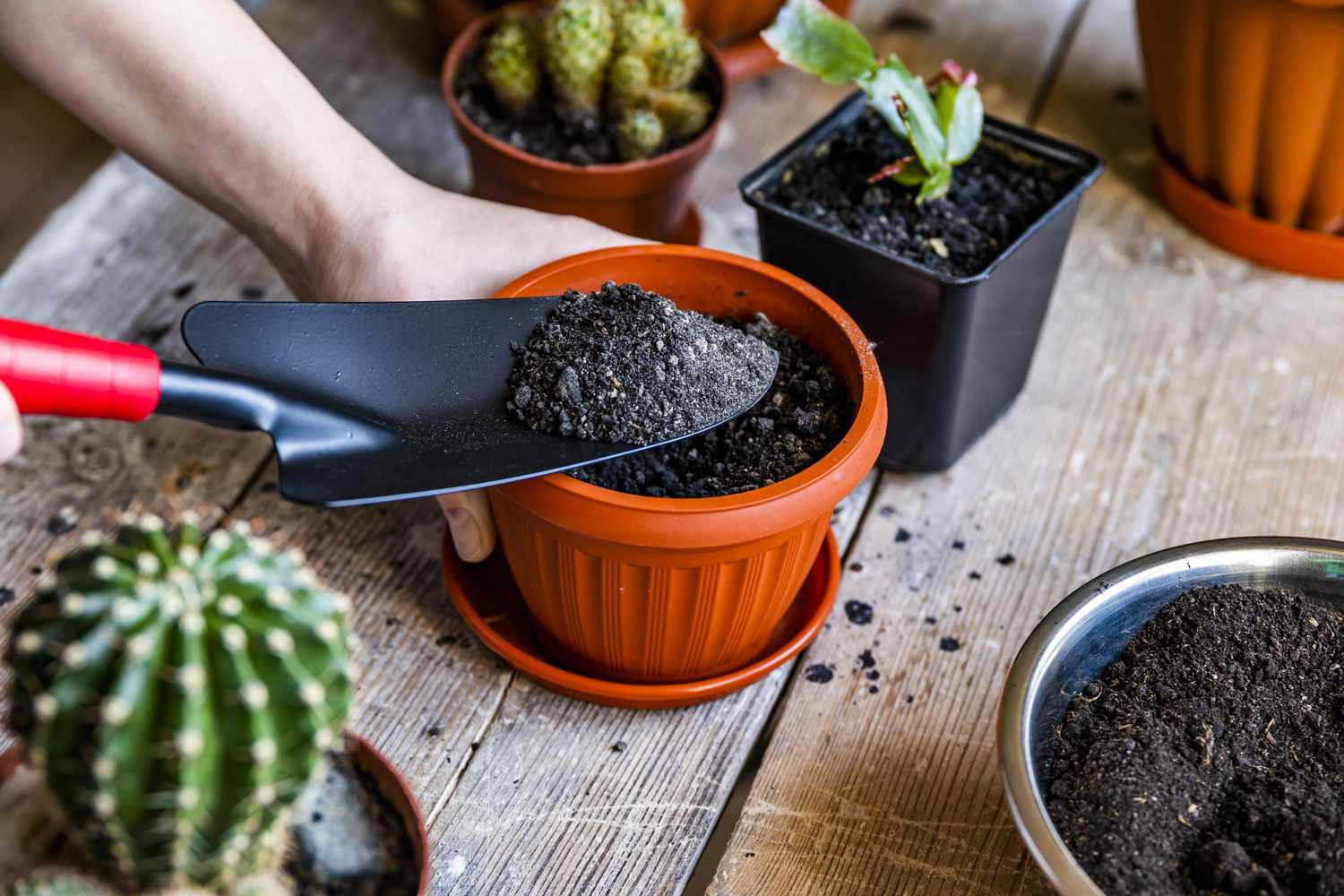
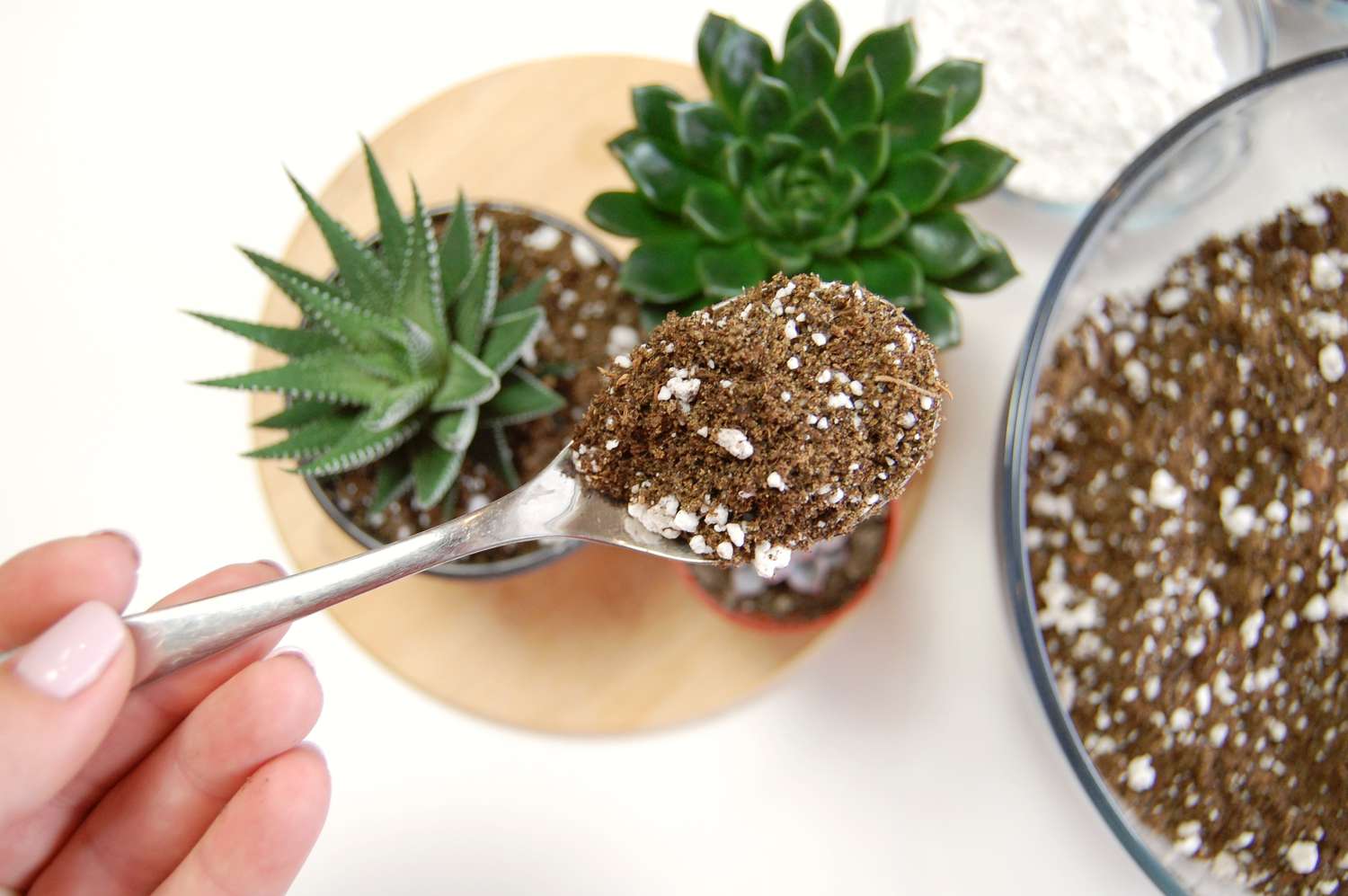
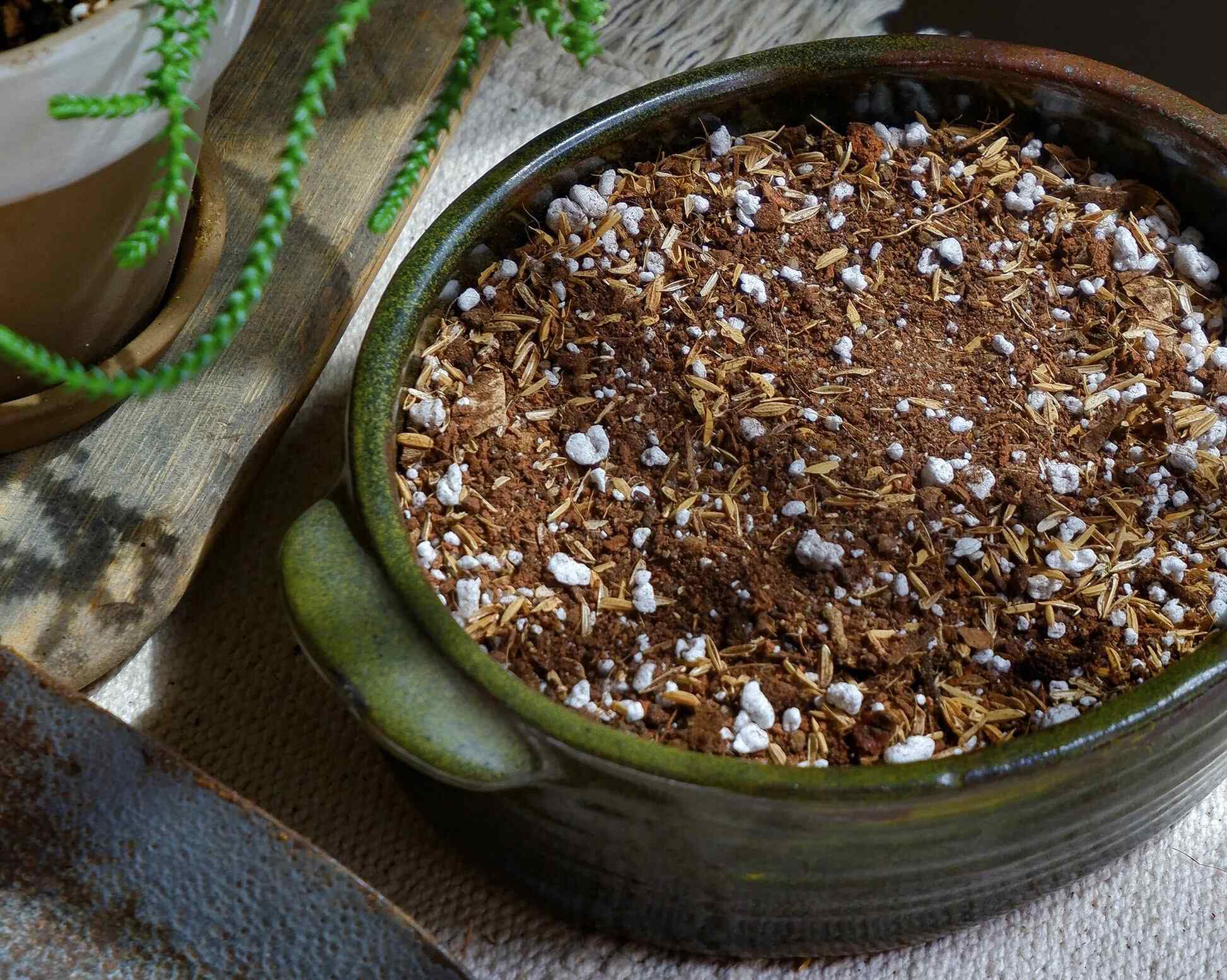
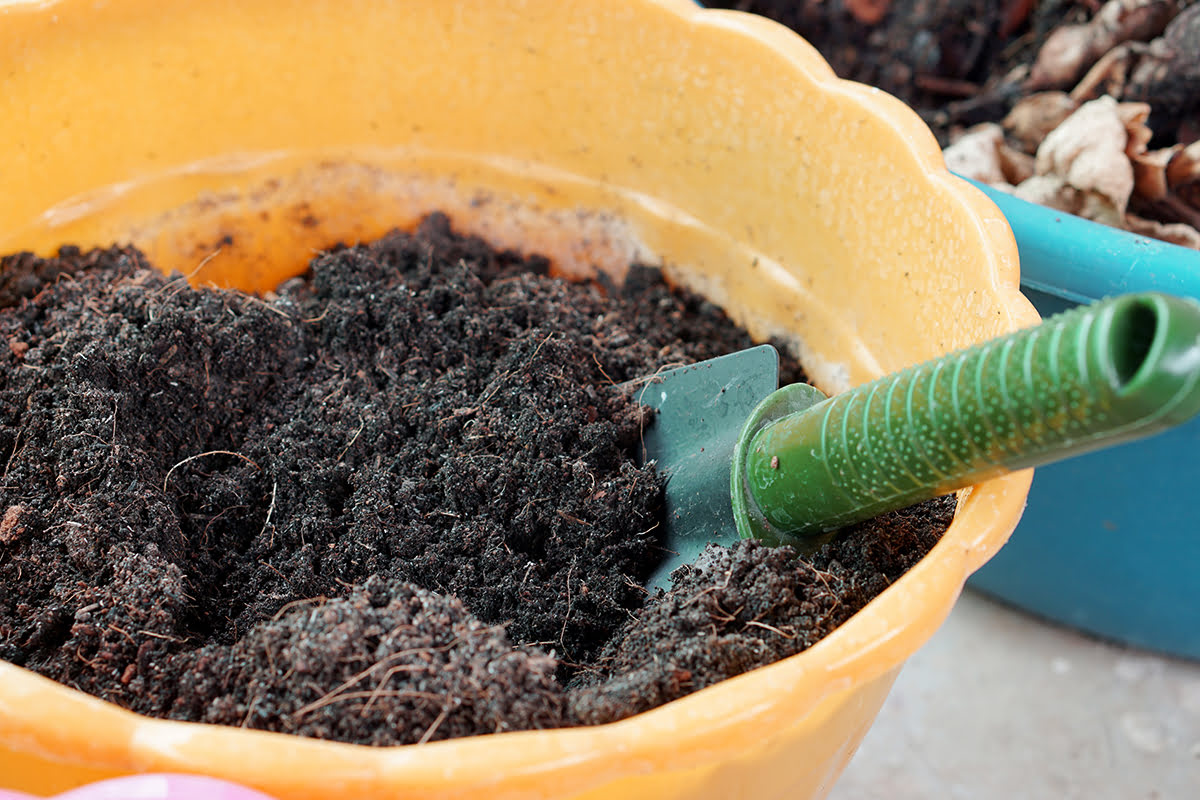

0 thoughts on “How Do You Create A Dry Sandy Soil Mix”